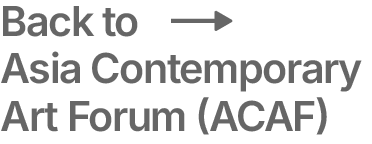FIELD MEETING TAKE 6: THINKING COLLECTIONS
Khadim Ali (Sydney & Kabul)
Demonology
Performative Talk
Synopsis: The artist introduces his concept of demonology as a collection of policies and manipulations of “othering” through various folkloric, religious and epic tales in Central and South Asia across many centuries. In Afghanistan, as in many countries, demononizing particular groups of minorities is used as a way of legitimizing their persecution. For instance, the Hazara, one of the minorities most discriminated against in Afghanistan, were labeled as ‘rat-eaters’ and killing them would earn one a place in heaven. Ali incorporates two prominent characters in his works: the demon and the hero. Drawing from the epic Persian poem the Shahnameh and other folk tales, these invoked imageries symbolize the constant renewal of the region’s programmatic collective memory of “otherness”.
__________________________________________________________________________________________________________________________________

Bio: Born in 1978 of Afghan Hazara parentage, Khadim Ali grew up on the Pakistan/Afghanistan border. Rich in traditional and modern motifs of Eastern and Western art-historical references, Ali’s paintings tell stories about loss (of his own cultural heritage and of human values) and about how meaning shifts as words and images are perverted through ideological adoption. Ali is deeply influenced by his grandfather, a Shanamah singer, and by the miniature paintings that illustrated the stories of the Shanamah, a tenth-century epic poem. Ali studied miniature painting at the National College of Arts, Lahore and calligraphy at Tehran University, Iran. Selected exhibitions include the Venice Biennial (2009); Safavid revisited, APT5, Queensland Art Gallery | Gallery of Modern Art, Brisbane (QAGOMA, 2006); British Museum, London; No Country: Contemporary Art for South East Asia at the Guggenheim New York (2013) and Documenta (13) (2012). Ali’s work is held in the collections of the National Gallery of Australia, Australian War Memorial, Art Gallery of New South Wales, QAGOMA, Brisbane, Victoria and Albert Museum, London and the Solomon R. Guggenheim Museum, New York.


